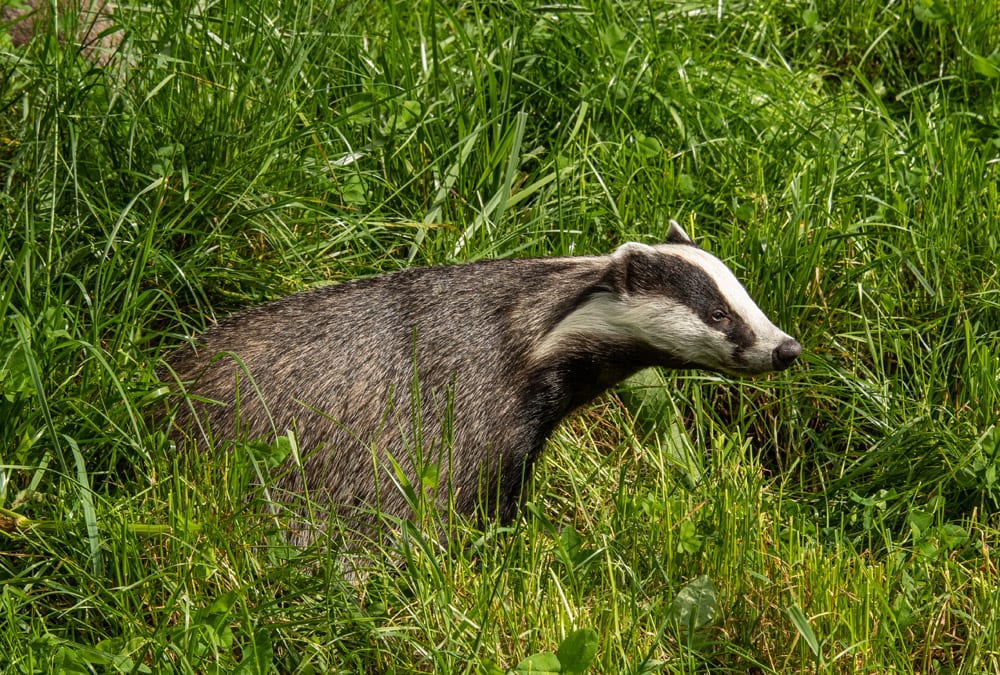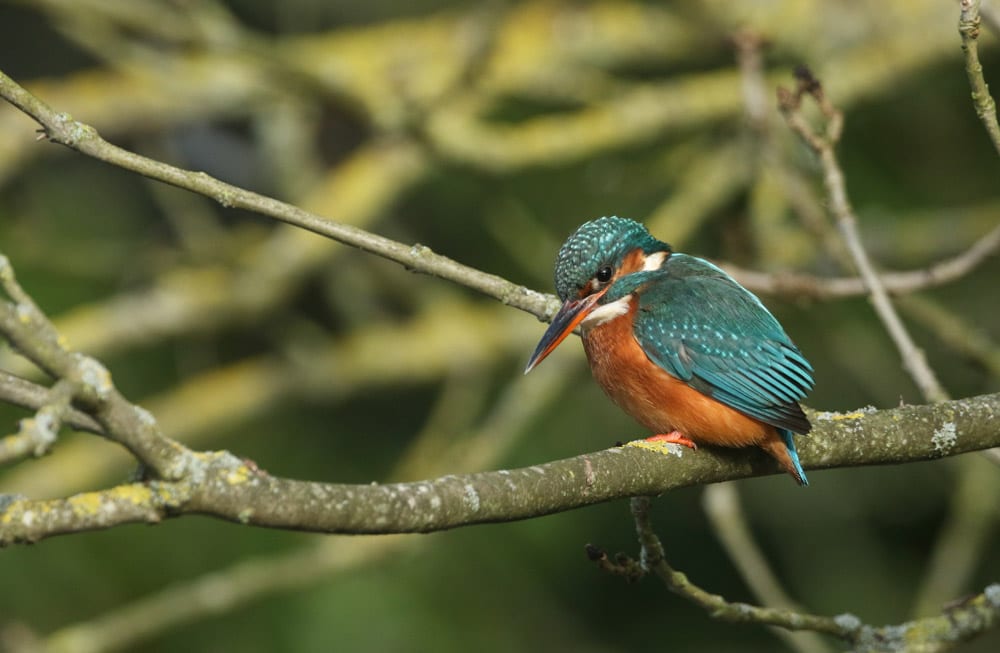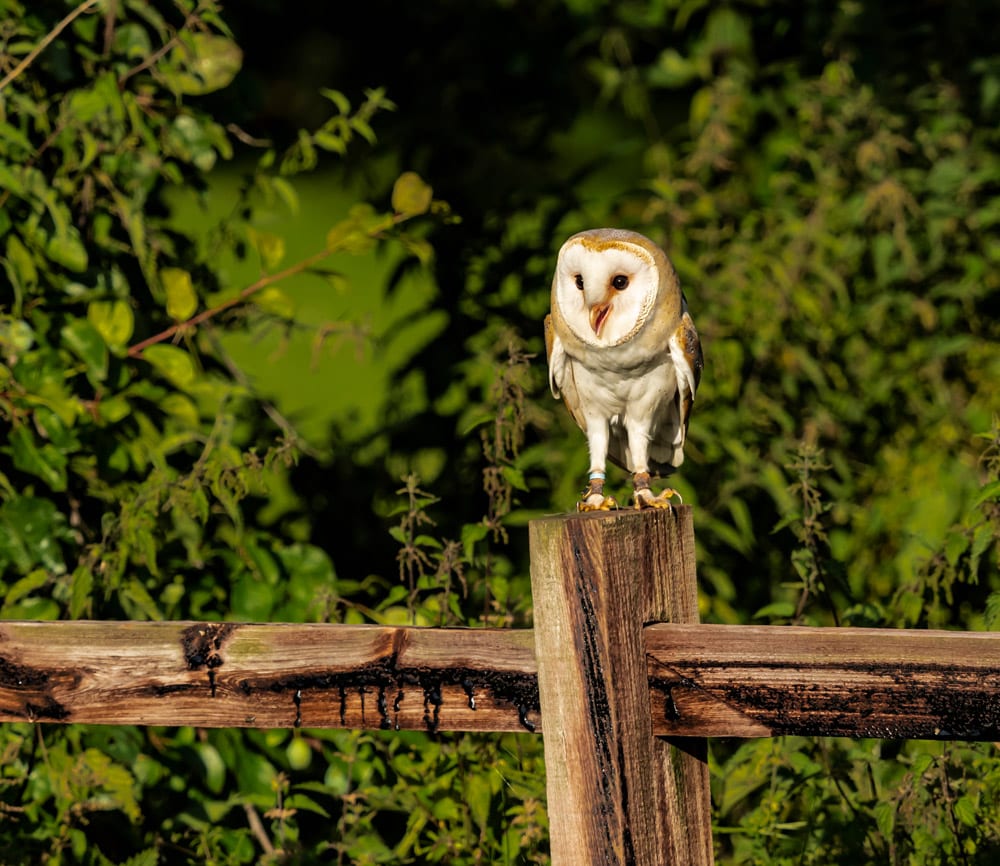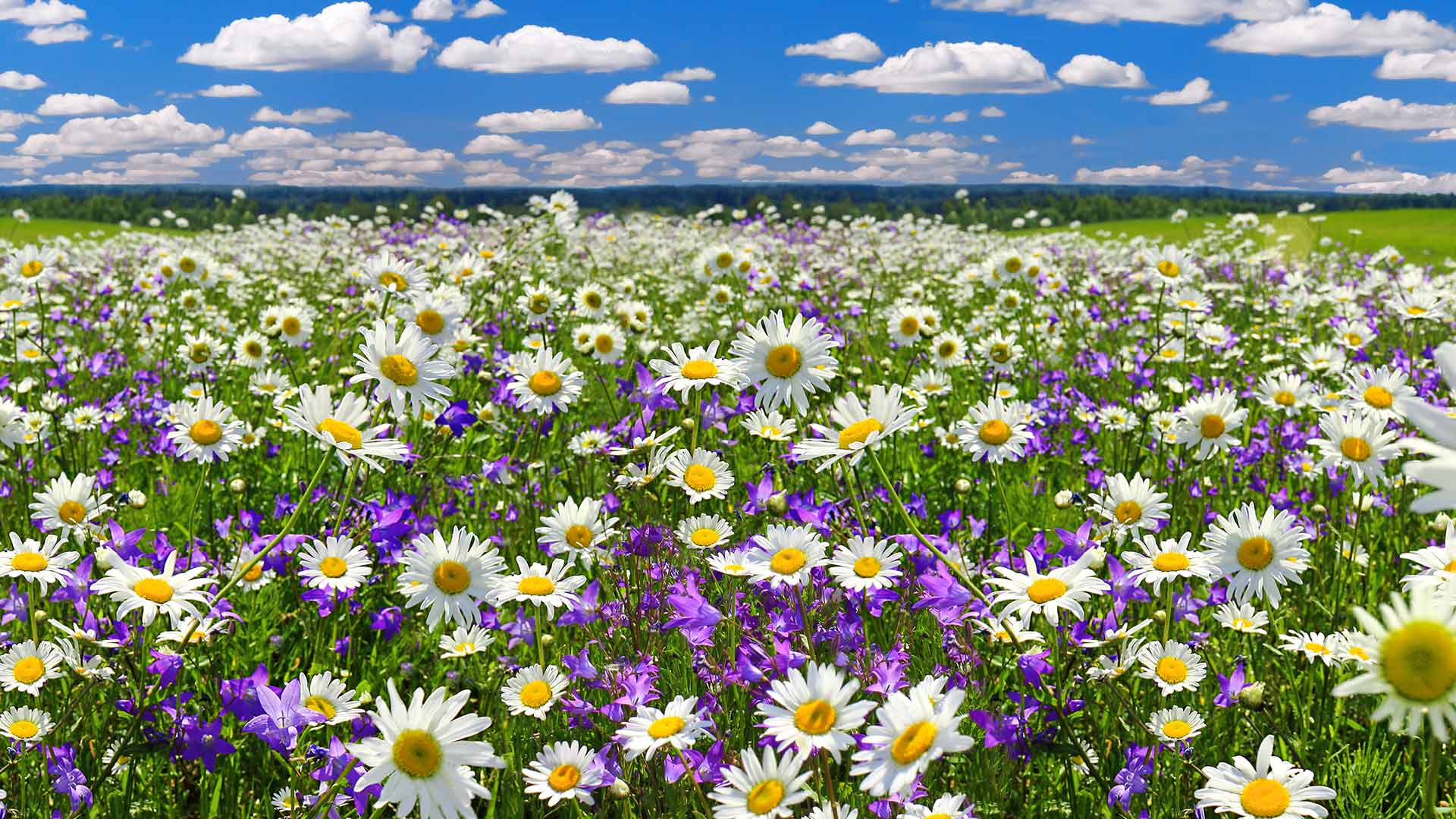Garden villages are by their nature green.
Minimising the impact of development on the natural environment and providing a home to wildlife and nature at Langarth is just as important to us as providing homes for human residents.
We are working within the landscape to preserve more green space, protect existing Cornish hedges, rivers and wetland areas to provide habitats for insects, songbirds and badgers, and use sustainable drainage. Green spaces will be connected and varied to help establish and enhance wildlife habitats. Wildlife (and people) can move from one green space to another – essential for encouraging biodiversity which far exceeds the 10% minimum across the site.

Fighting climate change
With at least 48% of the site made up of green spaces, we will be planting 55,000 new trees and a new woodland area at Langarth as part of Cornwall Council’s plans to create a Forest for Cornwall, to fight climate change and help Cornwall strive towards becoming carbon neutral. When complete the Forest for Cornwall aims to provide around 8,000 hectares of new trees and hedges across Cornwall, capturing 38,000 tonnes of carbon dioxide a year. You can read more about the Forest for Cornwall on the Cornwall Council website https://www.cornwall.gov.uk/forestforcornwall

We have redesigned the main road through the site as a boulevard style avenue which will sit alongside attractive woodlands and hillside areas. Walkable green corridors, new cycleways and pedestrian walkways, nature trails and river and woodland walks will connect all parts of the development and improve access to the existing countryside.
Allotments, community gardens and community orchards will support food production and bring communities together.
These green spaces, wildlife areas, woodlands and natural water features will be for everyone – both those living at Langarth Garden Village and those from neighbouring areas.

Protecting wildlife
To deliver our ambitious plans to create a new place with green infrastructure at its heart, we have been working closely with environmental experts, including natural landscape, wildlife, pollution, energy and sustainability, as well as with the local community.
To understand what is already on the land, we have carried out extensive research to identify the habitats and habits of species such as bats, owls, kingfishers, voles, badgers and more to ensure that the most valuable habitats are protected, and others are created, including wetlands, ponds and areas of tree planting.

We are also carrying out a full environmental impact assessment as part of our planning application, including transport impact, air quality and noise assessments. We want Langarth to provide an attractive and healthy environment for people to live in, grow and develop, surrounded by nature. Our new community will showcase a sustainable way of living, enabling people to live in an affordable, happy and healthy way in a place that embraces the natural surroundings.

